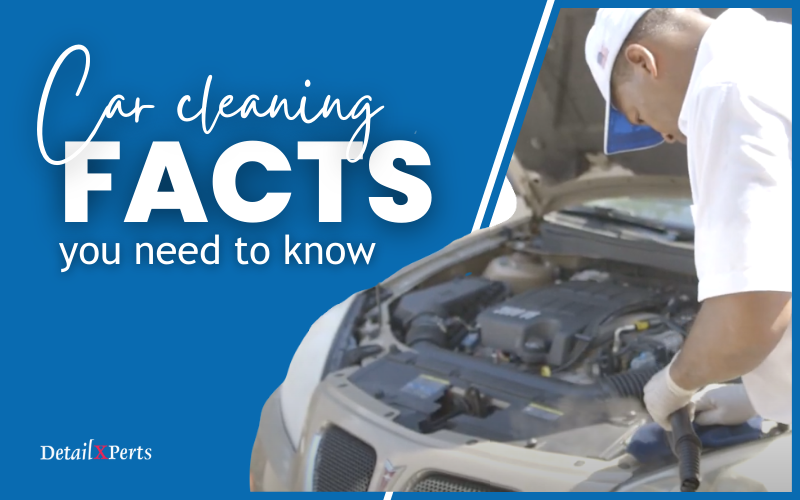The weather plays a big factor in the condition of your vehicle over time. For example, natural phenomena like hurricanes and other extreme conditions impact vehicles. Flooding is a common occurrence for drivers living in tropical or wet climates. This causes car flood damage that can be fixed depending on the extent of the problem. Auto detailing companies that specialize in flood restoration can help restore your car.
Common Car Flood Damage
Mildew Smell
One of the easiest ways to tell whether a vehicle has been submerged or has car flood damage is the smell. When upholstery stays wet for long periods of time, mildew and mold sink into the seats. Prolonged exposure to moisture allows the growths to develop.
To solve the issue, locate the source of the problem. Find out where the mildew/mold developed inside the car. Choose somewhere warm and leave all the car doors open to let the upholstery air dry. To remove spots, a clean towel works. However, if enough mold has settled into the seats, removal might be more difficult. A professional will likely have to use specific tools and solutions to successfully eliminate the mildew as well as the smell.
Foggy Headlights
Generally, cloudy lights are caused by build up of grime and other debris that gathers underneath the plastic. However, when flooding happens and reaches the lights on your vehicle, this also creates a foggy appearance. Whatever dirt is in the water penetrates the plastic and collects on the light to distort the look.
Removing the bonnet and thoroughly cleaning the plastic helps. Using sandpaper, this can erase the appearance of the build up. Depending on the severity of the issue will change what type of sandpaper used and how to fix foggy headlights.
Discoloration
Stains are a common indicator of water damage. With dark seats, the discoloration caused by water is more noticeable than with lighter colors. Black upholstery develops light-colored stains that are hard to hide. Unfortunately, this type of car flood damage is one of the hardest to get rid of.
Thoroughly vacuum and clean the seats to assess how bad the stain is. Depending on the type of material your upholstery is will determine how you clean the seats. Cloth seats are the most difficult to remove spots from. For the best results, allowing a professional to take care of the damage will guarantee removal without further damage to the car.
Rust
When metal is exposed to the outside elements, oxygen corrodes the material. This causes rust to accumulate whether you live in salty, tropical areas or cold, snowy climates. When flooding occurs, rust can develop at a rapid pace. If your car had any scratches or dents that might have removed the paint, it is likely to rust.
Rust can spread if not taken care of as soon as you notice it. Most of the time, the easiest way to eliminate the damage is to grind it down with sandpaper or a metal grinder. Both of these will remove the initial issue, but further work will have to be done.
Random Debris
A special characteristic that tends to only occur during floods – random debris. A telltale sign of a car involved is when you find dirt and trash throughout a car. For example, finding leaves shoved in the higher areas of a car like the dashboard and/or other accessories. Anything floating in the water can stick to the inside of a car.
The best way to clean this out is vacuum and shampoo the vehicle. This will remove any leftover sediment and dirt that might have collected throughout the interior of the car.
However, to thoroughly clean out a vehicle and restore it to a like-new condition, leave the job for the professionals. DetailXPerts, an eco-friendly auto detailing company specializes in car restoration. The company utilizes steam cleaning technology to eliminate odors, grime, and refresh the appearance of a vehicle. Schedule an appointment today.
Enjoyed this post? Sign up for our newsletter to receive more valuable tips, ideas, coupons, and extras!





